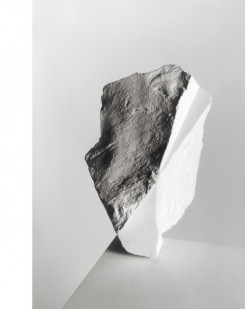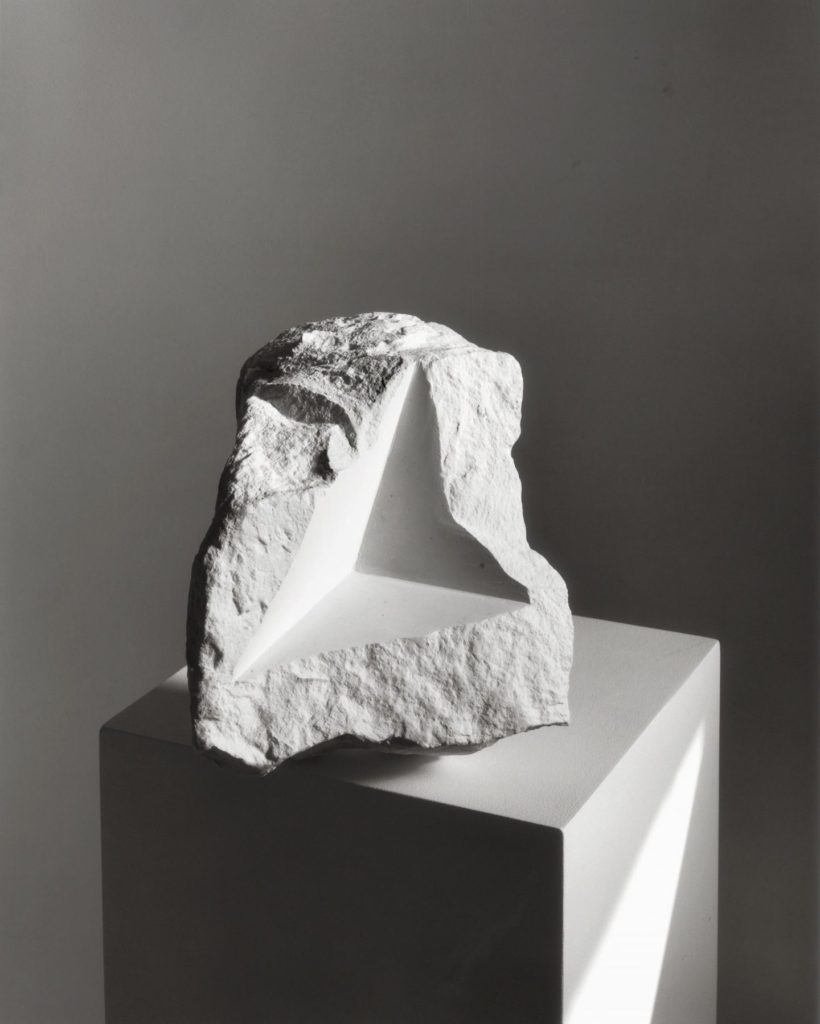Walker Evans
Walker Evans (1903-1975) was an American photographer and photojournalist that was best known for his work for the Farm Security Administration documenting the effects of the Great Depression. He began to photograph in the late 1920s, making snapshots during a European trip. In 1936 he travelled with the writer James Agee to illustrate an article on tenant farm families for Fortune magazine; the book Let Us Now Praise Famous Men came out of this collaboration.
The ‘Beauties of the Common Tool’ collection has around 22 photographs in total and was published in July 1955 by Walker Evans. These images consist of a reamer, an awl, a bill hook, an auger, various pliers, and a couple of variations on a T-square and some wrenches. He used a nail to stabilise these tools and make them float in order to get rid of shadows and make the photographs seem cleaner.

Darren Harvey-Regan
Darren Harvey-Regan is a photographer interested in the concept that photographs do not exist just to show things, but are physical things that become objects themselves. He was influenced by Walker Evans’ pictures of ordinary hand-made tools, such as a ratchet wrench and a pair of scissors. He first constructed a montage of Evans’ images to make new forms. He then sourced matching tools, cut them in half and re-joined various halves together, with the resulting physical objects being photographed to create his final work.
Harvey-Regan’s ‘The Erratics’ project focuses on abstract rocks of different shapes and sizes. For this project he spent months in his studio photographing rocks, concentrating on composition, geometry and line. I really like the way his pictures turned out because each rock is different and can tell a story. I also like how in some rocks there are straight lines and clean corners because it looks interesting and you don’t usually see anything like that in nature.
Comparison
Both of their works are quite similar because they both focus on taking detailed still life pictures of objects on plain white backgrounds and turning them black and white. The main difference is that Evan focused mainly on tools rather than rocks like Harvey-Regan. Harvey-Regan takes his pictures from different angles and has them placed them on a white table, he also seems to use some light source to get shadows on his rocks and accentuate the details. Evans just takes his photographs from a high angle and minimalises shadows as much as possible, he also makes his tools look like they’re floating by placing them on a nail that can’t be seen in the picture.

Bricklayer’s Pointing Trowel, by Marshaltown Trowel Co., $1.35 







Sustained, focussed investigation and insights into the work of other photographers. This has clearly influenced your own practice. Well done.